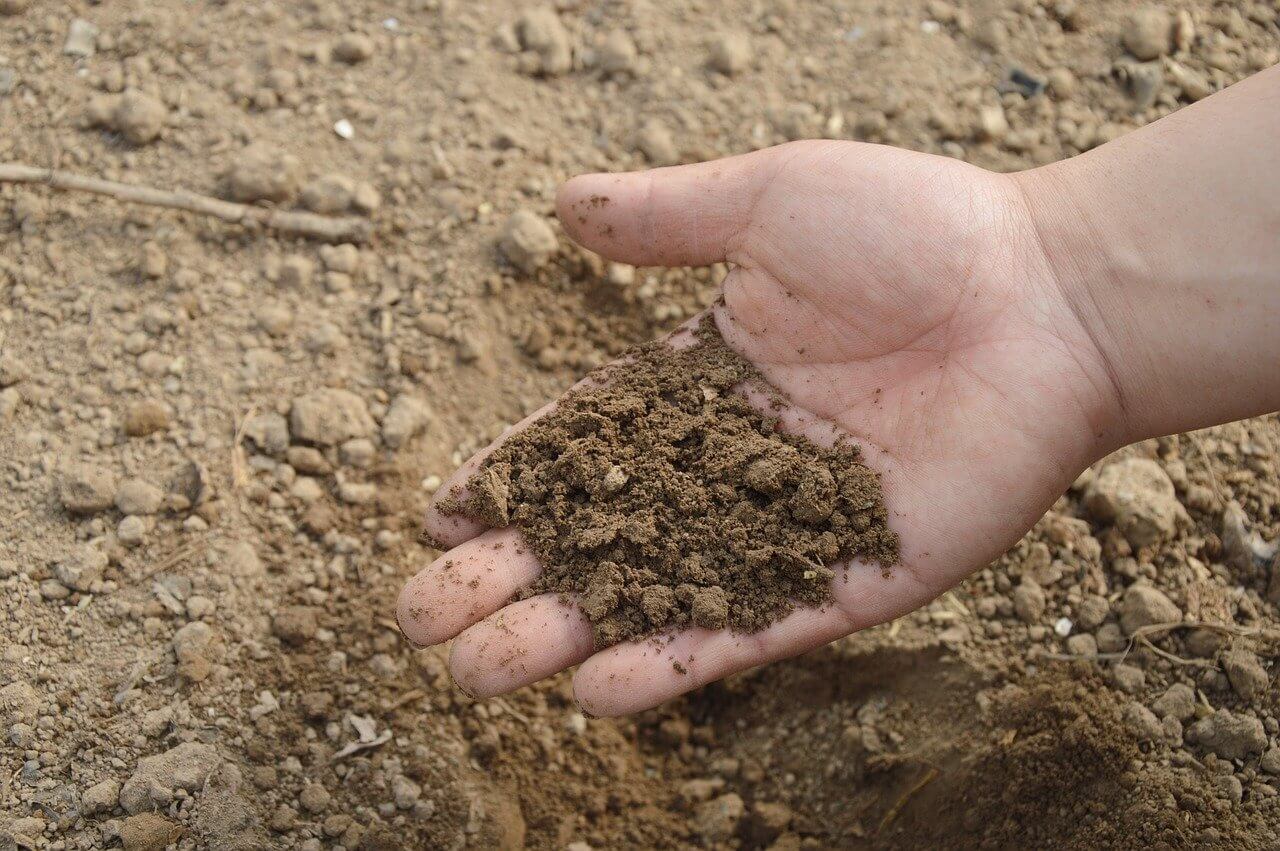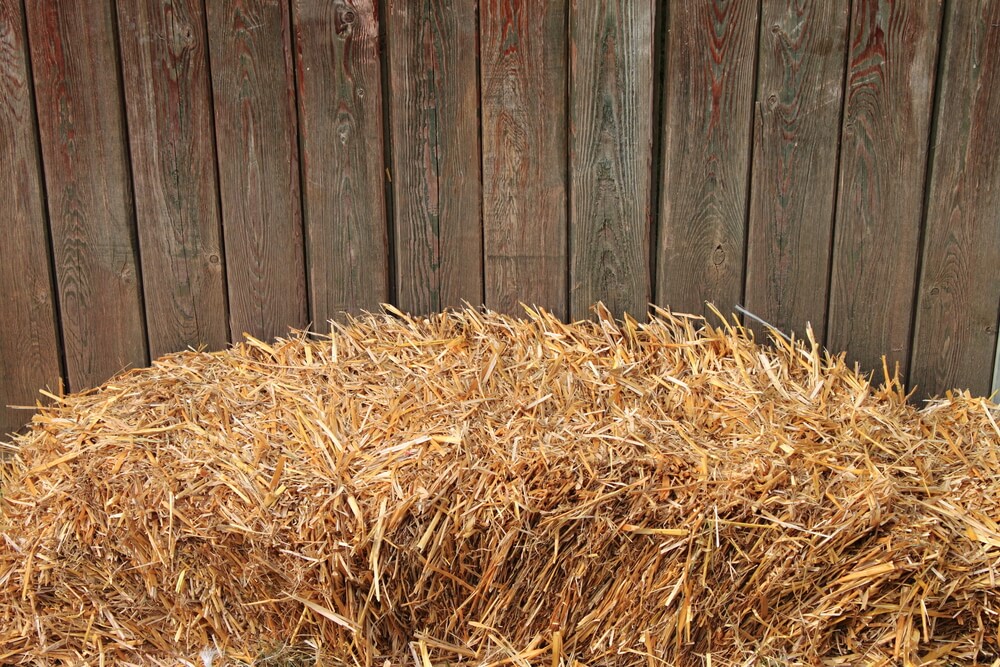Composting is the way that nature turns waste into soil. It happens naturally all around us all the time, and on a farm it is an excellent process to harness as a way of getting rid of unwanted organic matter to create desirable planting material. Can you compost on a big farm? In this article, we discuss the benefits and the steps necessary to composting on a farm. Read on to learn more on how to compost on a farm.
What You'll Learn Today
Composting Benefits

Composting is a natural way of conserving and recycling nutrients and creating an excellent soil amendment. Natural organic compost is a stable, superior soil conditioner that is very much like soil humus. Adding organic compost to the soil improves soil structure along with nutrient and water holding capacity while adding aeration.
Use of organic compost improves soil fertility without running the risk of burning the roots and stems of tender young plants as some types of fresh manure and most chemical fertilizers often do. The reason for this is that the natural organic nutrients are balanced, slow releasing and very low salt.
While cooler types of manures such as horse, goat, sheep and rabbit manure, can often be added straight to the soil as an amendment, some other types (e.g. chicken manure) tend to be higher nitrogen and require more processing before use in order to prevent burning. Composting provides that processing.
In fact, composting adds many benefits. For example, well composting manure is odor free. It is far less likely to spread pollutants, and any human pathogens that may have been lurking in the manure are killed in the composting process.
This is because proper composting heats the materials being composted very thoroughly and kills off pathogens along with weed seeds.
Animal Waste Management On Small Livestock Farms
Composting Downsides
On the downside, the process of composting can lead to the loss of quite a bit of the nutrients found in fresh manure. This is especially true of nitrogen, which is beneficial to plants but can also cause root burning when too much is introduced. Overall, a good composting system produces a better soil amendment than simply using fresh manure.
Well composted organic material releases nutrients in a slow manner. This is not exactly a downside because naturally slow releasing fertilizer adds nutrients to the soil at a steady, continuous, ongoing rate.
In many ways, using fresh manure as a soil amendment is similar to using chemical fertilizers. It provides a boost of nitrogen that quickly dwindles.
Generally speaking, for this type of boost of nitrogen, it is safer to use natural amendments such as feather meal, alfalfa meal or soybean meal which will not burn plant roots.
How Do You Make Compost On A Farm?
To make good compost on your farm, you must set up a system that encourages beneficial microbes to reproduce quickly and to remain very active. Good compost making bacteria need an ample supply of food (e.g. manure, yard, garden and field waste, food scraps and the like). They also need good aeration and ample water.
If you keep your friendly bacteria helpers well supplied with food, turn your compost heap or bin frequently and add enough water to keep the materials moist but not soggy, the beneficial microbes will be happy and will produce excellent compost for use in your yard, garden and/or fields.
On-farm Composting
What Is the Best Way To Set Up A Farm Compost Bin Or Heap?
For small scale farming and for gardening, composting bins are a good choice. They keep everything neat and tidy and hold small amounts of compost materials together so that friendly bacteria can work on them efficiently.
On a small or large farm, compost piles or heaps are preferable. If you have enough composting material to be able to build a pile large enough to keep itself insulated for proper heating, you will find composting in piles or heaps easier than attempting to use bins.
Working compost piles should be about 4 feet high and wide. This construction provides enough material so that the heat from the microorganisms’ biochemical activity will not quickly disperse.
Keeping your organic materials consistently warm promotes steady, effective decomposition and kills off human pathogens and weed seeds while creating a valuable soil amendment.
If you’re going to use composting bins, you’ll need more than one. You’ll want a minimum of 3 bins working simultaneously to provide you with one bin of finished material, one in process and one fresh.
What Should You Compost?
All manner of organic, previously living materials can be composted. Ideally, you’ll want materials that are neither to dry nor too wet for active composting.
Remember that you’ll want to build a compost pile that is light and airy and slightly moist. To do this, you need a good mixture of wet green and dry brown materials. Green materials contain nitrogen to help the pile heat up. Brown materials provide carbon, structure and aeration.
Examples of good materials include:
- Used Straw or Shavings
- Fresh Grass Clippings
- Chicken Manure
- Sheep Manure
- Horse Manure
- Kitchen Scraps
- Dried Leaves
- Cow Manure
- Seaweed
- Sawdust
Note that if you have yard or field clippings such as tree limbs, corn stalks and other big, coarse vegetation, you should chop it up before you toss it into the compost pile. This will help it to compost more quickly because more of its surface will be exposed to your friendly microscopic helpers.
Here are some substances and materials that you should not include:
- Herbicides
- Pesticides
- Meat
- Bones
- Fat
- Farm Implements
Prevent allowing pesticides and herbicides into your compost piles by leaving out clippings from lawn and garden plants that have been heavily treated with these chemicals.
When choosing kitchen scraps to add to your compost, leave out meat and dairy products. These tend to decompose very slowly, and they will also attract unwanted visitors such as skunks, possums, raccoons and even wolves, coyotes and bears.
How Should You Build A Compost Pile?

It’s a good idea to layer dry, brown materials (e.g. leaves, straw, shavings, sawdust) with moist, green materials (e.g grass, manure, seaweed, kitchen scraps). Before adding new materials to the pile, toss and aerate it and then add a layer of green topped by a layer of brown.
It’s important to have a good balance of materials to keep the beneficial microbes healthy and active. They use the carbonaceous brown materials to support their life functions and provide energy. They use the nitrogenous green materials for building protein.
An improper balance of brown and green materials will result in lethargic micro fauna and a bad smelling, slow processing compost pile.
Furthermore, an excessive amount of dry, brown materials will result in too much carbonaceous material, yielding a product that is filled with microorganisms hungry for nitrogen.
They will in turn, compete with the plants you wish to fertilize for the nitrogen that naturally occurs in the soil.
Can You Compost On A Big Farm?
Composting is easily carried out in any setting where organic matter is available to set up and decompose. You can carry out a successful composting project in a small bin under your kitchen sink, a large bin in your back yard or garden or in one or multiple large piles in an out-of-the-way location on your small, large or commercial farm.
This is only feasible when you have a big farm. For small farm like mine, the amount of good materials are not that much for composting.